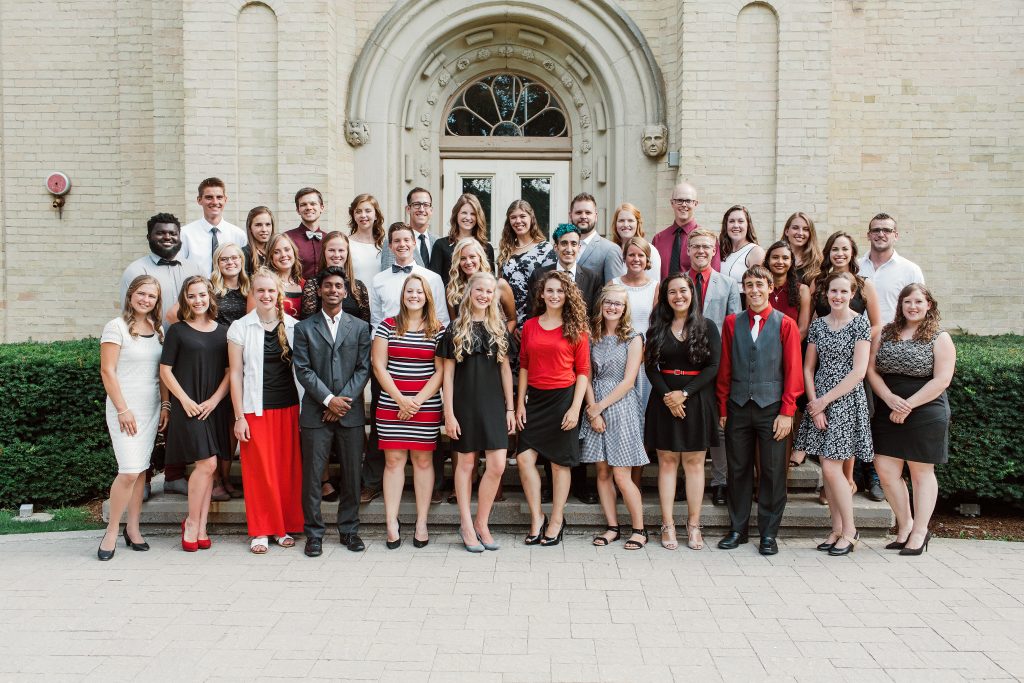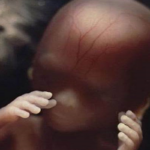Blog Post
My interview with The Freedoms Project on abortion and the pro-life movement
Earlier this month, Australian pro-life activist Kathy Clubb interviewed me for her blog, The Freedoms Project, on abortion and the Canadian pro-life movement. In case any of you are interested, here it is:
What is the legal and political situation regarding abortion in Canada?
Canada is one of the only countries in the world where abortion is legal up until birth. Abortion was first decriminalized by our current prime minister’s father, Pierre Trudeau, in 1969. Following an intense campaign by illegal abortionist Henry Morgentaler, Canada’s Supreme Court threw out our remaining abortion restrictions in 1988 and passed the issue over to Parliament, giving our elected officials a mandate to draft new abortion legislation. One attempt was made by Prime Minister Brian Mulroney’s government—the law passed the democratically-elected House of Commons and failed on a tie vote in the unelected Senate. Politically speaking, there has been no meaningful attempt to pass abortion laws since then, and politicians treat abortion as a toxic issue to be avoided at all costs.
How did the pro-life movement begin?
Canada’s pro-life movement sprung up in response to the decriminalization of abortion in 1969, with people mobilizing across the country to gain political traction, setting up a pastoral arm (crisis pregnancy centres in particular) and forming the local right to life groups that in many cases still exist to this day. (The best book on this would be Dr. Michael Wagner’s eminently readable history Standing on Guard for Thee: The Past, Present, and Future of Canada’s Religious Right.) At one point, the largest petition in Canadian history was submitted to the House of Commons to express opposition to abortion: It contained over a million signatures.
What is the pro-life movement like in Canada?
There are three primary arms of the pro-life movement. There is the pastoral arm, which encompasses crisis pregnancy centres, post-abortion counselling, and other forms of support for those who need assistance in the wake of an unexpected pregnancy. Essentially, the pastoral arm responds to the fact that abortion exists and attempts to mitigate the fallout. Then there is the political arm, which works to get pro-lifers elected to office in order to get pro-life laws and conscience protections implemented on a provincial and federal level. (Two fairly recent organizations have been particularly encouraging: Right Now, which works on ensuring that pro-life politicians secure their nominations, and We Need A Law, which operates as a lobby group.)
And finally there is the educational arm, which seeks to educate and shift the culture on the issue of abortion. The organization where I serve as communications director, the Canadian Centre for Bio-Ethical Reform, is Canada’s primary (and largest) educational group. We created a nation-wide strategy to impact public opinion in 2011, and launched it across Canada with a cross-country tour in 2012. Since then, our organization has expanded by more than five times and expanded to several other provinces. Our annual reach has grown to several million, and our polling data has indicated that we are having a real impact on how people view abortion. Anecdotally, we see hearts and minds changed on abortion every day, and are taking our message door-to-door as well. Canada’s Prime Minister Justin Trudeau has not only noticed our work, but taken it upon himself to condemn us by name several times this year.
I cover the strategy implemented by CCBR, our statistical analysis and polling, and what we’ve learned and implemented from other historical movements on the abortion issue in my 2017 book Seeing is Believing: Why Our Culture Must Face the Victims of Abortion.

What challenges do pro-lifers face in Canada?
Currently, we have the most pro-abortion prime minister in Canadian history. Justin Trudeau is not simply pro-choice: Abortion is one of the few things he is genuinely passionate about. He has worked to deny access to student funding programs for any organization that holds to a pro-life ethic, lobbied the Irish government prior to their abortion referendum, donated Canadian taxpayer dollars to a global abortion fund to be used in developing countries, and banned any Liberal Member of Parliament from voting their conscience on the abortion issue. Additionally, Canada’s Conservative Party has an official policy stating that they will not pass any legislation on abortion should they take office, and while there are quite a few solid pro-life Conservative MPs, the leadership is still determined to ignore the issue.
What is public opinion like in regard to abortion?
About 80% of Canadians are unaware that Canada has no abortion laws whatsoever, and many are horrified when they find out. Just over 60% of Canadians would support some laws on abortion, but the majority of the country occupies what we call “the mushy middle”—opposed to the abortion extremism of Trudeau and organizations like the Abortion Rights Coalition of Canada, but not pro-life in conviction, either. It is this group that educational organizations like CCBR are targeting on the streets, in front of high schools, on campuses, and door to door.
What do you want the international pro-life community know about what is going on in Canada?
Regardless of the challenges the movement faces, it is possible to change hearts and minds and save lives. Despite opposition from multiple levels of government and increasing restrictions on free speech from the courts, pro-lifers are on the streets every day, and working on going door to door. As a result, we see Canada become a slightly more pro-life country each day. A combination of creativity and effectiveness can result in lives saved, regardless of opposition.
Abortion, Pornography and the Pro-Life Movement
With the proliferation of compulsive porn use–many estimates indicate that over 80% of men are using porn frequently–the porn plague has hit the pro-life movement quite hard.
For starters, there is a very significant commonality between abortion and pornography: Both systematically dehumanize a group of people, in one case pre-born children, in the other women (and to a lesser extent men.) In both cases, injustices result.
In the case of abortion, we have the government-funded decapitation, dismemberment, and disembowelment of tiny human beings. In the case of pornography, we have a culture that is becoming addicted to – and aroused by – the most grotesque and savage violence against women.
Pornography has in millions of cases reduced women to the level of objects. And if our porn culture increasingly sees women as sex objects, how easy is it to see their pre-born children as “clumps of cells”?
If by night tens of millions of men are dehumanizing women on their laptops and smartphones, how much easier does it become to dehumanize the offspring in their wombs? If we can objectify the women we can see, how simple does it become to objectify the pre-born children we can’t see?
And it goes further. Even many prominent feminists are now admitting that porn changes the way men view women, and changes the way they view sex. Specifically, many men have such a pornified view of intercourse that they now have the expectation of non-procreative sex. They want “recreational” sex, but have forgotten they do not have “recreational organs” but reproductive organs.
In fact, porn companies are going underground or fleeing Los Angeles after new laws demanded that porn stars use condoms on set to prevent the spread of sexually transmitted diseases. Porn viewers, one producer admitted, made it clear that they had no desire to see condoms in their fantasies.
Real sex, however, often results in the creation of new human beings. Abortion serves our culture’s desire to keep sex in the realm of delusional, porn-fueled recreation, without the inconvenience of children to spoil the turn-on.
Some of you may think that I’m exaggerating—but I’ve talked to many guys at pro-life displays who talked about “accidentally knocking someone up” and revealing that they “didn’t know how the pregnancy happened,” as if engaging in the act of reproduction wasn’t their first clue.
I’ve come to believe that thousands of men are so filled with guilt and shame by their involvement with pornography, that it is keeping them from fulfilling their duty to stand up for the weak and vulnerable. It is keeping them from whole-heartedly engaging in movements like the pro-life movement, because it is difficult to stand up for women and children during the day while visually victimizing and objectifying them at night on the screens of their computers or cell phones.
I’ve had men admit this to me—that their porn addiction was holding them back from involvement in a cause that they believed in, or even felt passionate about. Porn was not just hurting them, it was also hurting those they could have been helping.








